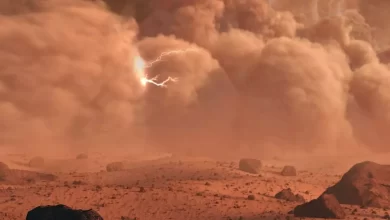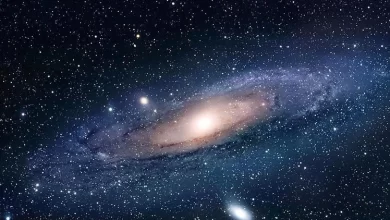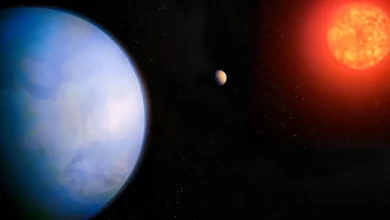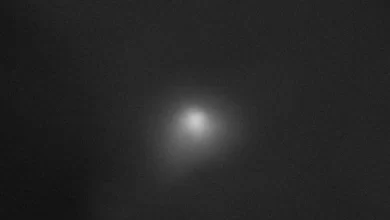The Webb Space Telescope took two breathtaking photos!

NASA’s favorite Webb Space Telescope took two stunning pictures of the Ring Nebula. Here are those images…

The Webb Space Telescope recently imaged the Ring Nebula with two primary imagers, revealing its gas formation in never-before-seen detail. Webb’s breathtaking images, whose contributions to astronomy have not been counted since his launch, show hydrogen-rich globules filled with hot gas in the nebula and its interior.
Webb Space Telescope imaged the Ring Nebula
First discovered in 1779, the nebula was imaged by Webb’s Near Infrared Camera (NIRCam) and its Mid-Infrared instrument (MIRI); these photos show different aspects of the planetary nebula’s structure and composition. The new NIRCam image highlights features of the inner ring’s structure, while the MIRI image details the nebula’s outer features.
A nebula is a nebula structure in space consisting of cosmic dust, hydrogen, helium, and other ionized gases scattered over vast areas. While it used to be the name given to common celestial bodies, including galaxies, with the advancement of astronomy, galaxy and nebula started to be used in different meanings.

The infamous “Ring Nebula” is a planetary nebula north of the constellation of Instruments and cataloged as Messier 57, M57 or NGC 6720. As one of the brightest planetary nebulae in the sky, the Ring Nebula is visible even with a small telescope. However, of course, it is impossible to take such a detailed and high quality photo with another device.
According to the European Space Agency’s statement announcing the image, the nebula has a ring-shaped combination of gas and dust in the shape of a rugby ball in the void of the nebula. According to NASA, many nebulae form as stars die, and some nebulae are regions where new stars are born.
The Ring Nebula is located about 2,500 light-years from Earth. Its main ring consists of gas ejected by a dying star in the nebula’s core. Our own Sun may have a nebula when it finally ends after about five billion years.






